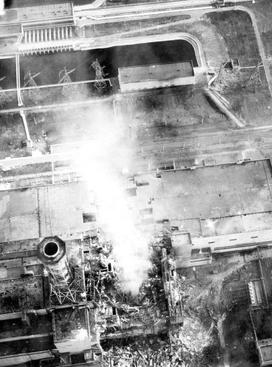The correct answer is 4: dosimeters can suffer from a saturation effect, i.e. if the radiation is stronger than the detection limit, the measurement can underestimate the true value (potentially by a huge amount).
Sadly, in reality the reactor crew chief A. Akimov picked option 1. In reality, the effect was even more extreme: the detection limit of the dosimeters available was 0.001 R/s whereas in the worst hit region the true value was round 5.6 R/s. A lethal dose is around 500 R.
A. Akimov and his crew went in the reactor. Most, including Akimov, died from radiation exposure within 3 weeks.
Go back to the generating code, Section 2.1, to see how I generated the data.


